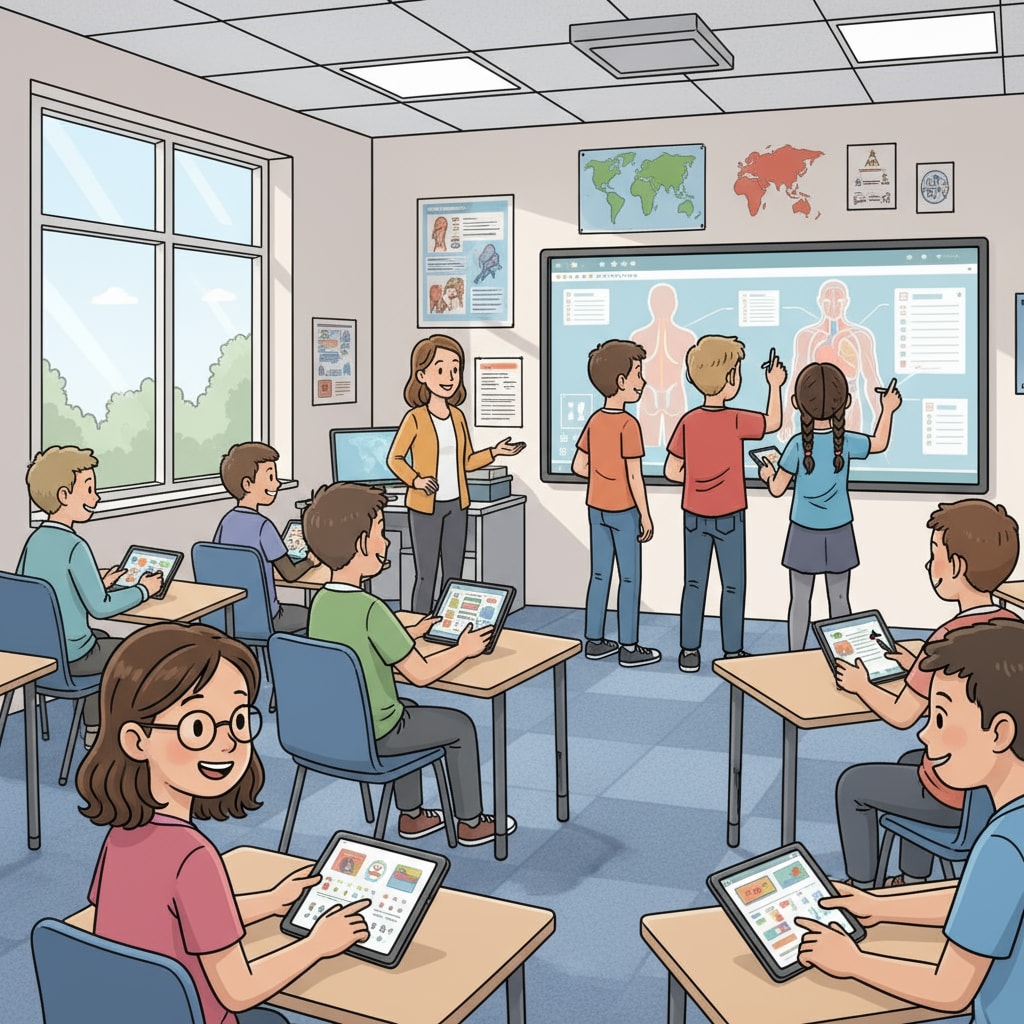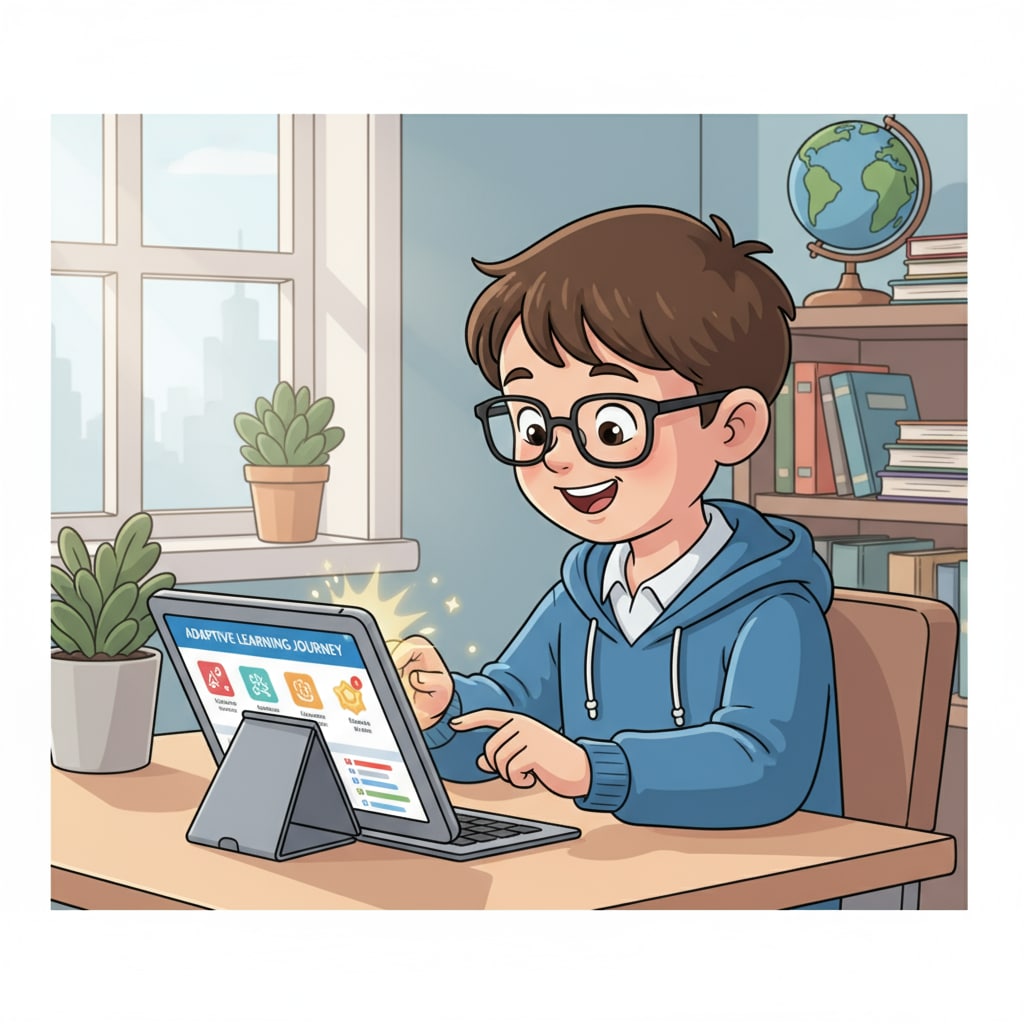In the era of digital transformation, educational technology has become a game-changer in classroom learning, significantly enhancing student engagement. The days of relying solely on traditional teaching methods are fading, as innovative tools are emerging to reshape the K12 educational landscape. Let’s explore five such tools that are making a real difference.

Interactive Whiteboard Enhancements
Beyond the basic smart whiteboards, modern interactive whiteboard systems offer a plethora of features. For example, they can integrate with various educational software, allowing teachers to display multimedia content, conduct interactive quizzes, and even facilitate group activities. According to Wikipedia’s entry on Smart boards, these enhanced whiteboards have become essential in engaging students who thrive on visual and interactive learning experiences. They encourage students to actively participate, whether it’s by coming up to the board to solve a problem or contributing to a digital discussion.
Adaptive Learning Platforms
Adaptive learning platforms are a boon for personalized education. These platforms use algorithms to analyze each student’s learning pace, strengths, and weaknesses. As a result, they can customize the learning content and delivery to meet individual needs. Britannica’s article on Adaptive learning explains that this personalized approach not only improves knowledge retention but also boosts student motivation. Students are more likely to stay engaged when they are presented with materials that are tailored to their specific level of understanding.

Another important aspect of these platforms is the real-time feedback they provide. Teachers can monitor students’ progress and intervene when necessary, ensuring that no student is left behind.
Virtual Reality (VR) and Augmented Reality (AR) in Education
VR and AR technologies are bringing a new dimension to classroom learning. VR can create immersive environments that transport students to historical events, far-off locations, or even inside the human body. AR, on the other hand, can overlay digital information on the real world, making learning more tangible. For instance, students can use AR apps to interact with 3D models of scientific concepts or historical artifacts. These technologies captivate students’ attention and make learning an exciting adventure, greatly enhancing student engagement.
Collaborative Learning Tools
In today’s connected world, collaborative learning tools play a crucial role. Tools like Google Classroom and Microsoft Teams for Education allow students to work together on projects, share ideas, and provide feedback in real time. This promotes teamwork, communication skills, and a sense of community within the classroom. Students can collaborate from anywhere, breaking down the barriers of physical distance. Moreover, these tools also make it easier for teachers to manage group projects and assess students’ collaborative efforts.
Educational Gamification Platforms
Gamification has proven to be an effective way to engage students. Educational gamification platforms turn learning into a game, with elements like points, badges, and leaderboards. This adds an element of fun and competition, motivating students to learn. By incorporating game-like features, these platforms make the learning process more enjoyable and increase student participation. Whether it’s a math game that helps students practice arithmetic or a language learning game that improves vocabulary, gamification can make a significant impact on student engagement.
Readability guidance: Each of these tools represents a step forward in educational technology, enhancing classroom learning and student engagement. As educators continue to embrace these innovations, the future of K12 education looks promising, with students being more actively involved in their learning journey.


